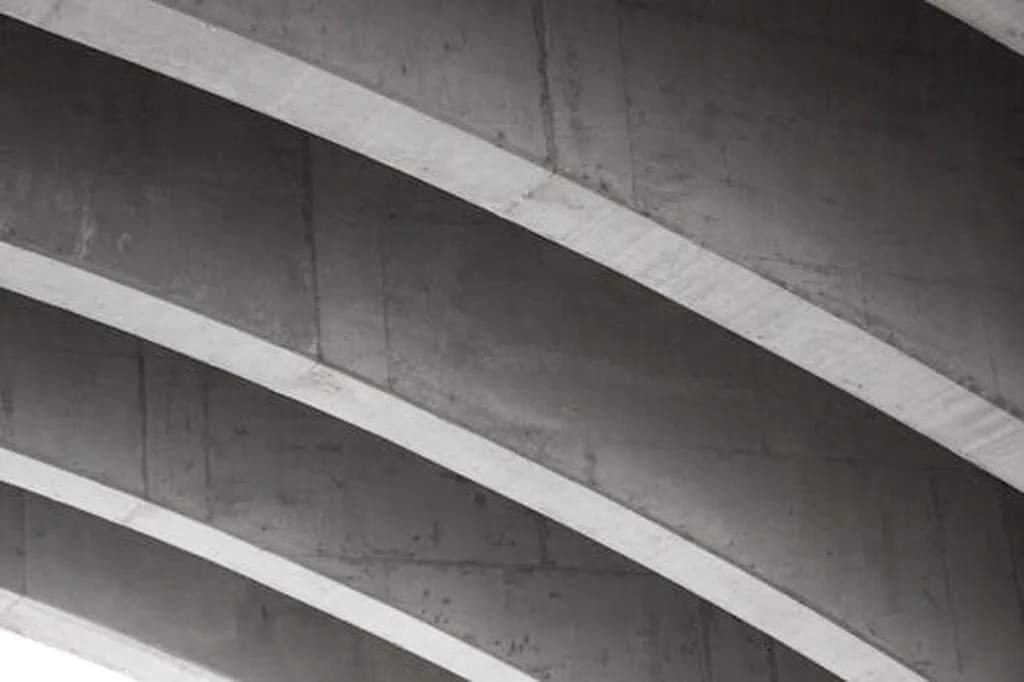In the quest for high-performance construction materials, researchers have long grappled with the challenges posed by calcium aluminate cement (CAC), a material prized for its rapid setting and resistance to harsh environments. However, its tendency to undergo hydration phase conversion, particularly under varying temperature conditions, has often led to long-term durability issues. A recent study published in the Ain Shams Engineering Journal (translated as the Ain Shams Engineering Journal), led by Thwe Thwe Win from the Centre of Excellence on Green Tech in Architecture at Chulalongkorn University in Bangkok, Thailand, sheds new light on how fiber reinforcement can mitigate these adverse effects, offering promising implications for the energy sector and beyond.
The study focuses on the incorporation of steel fibers (SF) and polypropylene fibers (PF) into CAC composites, evaluating their performance at elevated curing temperatures of 40°C and 60°C. The findings reveal that fiber reinforcement significantly enhances the mechanical properties of CAC composites, with even a 1% addition of fibers improving compressive, direct tensile, and flexural strengths.
“At 40°C, steel fibers improved these strengths by approximately 26.5%, 67%, and 27.6%, respectively, while polypropylene fibers enhanced them by 4.4%, 24%, and 16%,” explains Thwe Thwe Win. “However, at 60°C, strength gains were less pronounced due to accelerated phase conversion and changes in porosity.”
The research employed a comprehensive array of experimental techniques, including flowability, bulk density, void volume, water absorption, compressive strength, direct tensile strength, and flexural strength tests. Advanced analytical methods such as X-ray diffraction (XRD), thermogravimetric analysis (TGA), and field emission scanning electron microscopy (FESEM) were used to assess phase composition and pore structure.
Microstructural analysis revealed that both steel and polypropylene fibers contribute to reduced pore size, enhancing the strength and durability of the composites. This is attributed to the stable C3AH6 phase transition in CAC at higher curing temperatures up to 60°C.
The implications of this research are significant for the energy sector, where high-performance, durable materials are crucial for infrastructure projects in extreme environments. “By enhancing mechanical performance and durability, steel and polypropylene fibers offer a sustainable approach to optimizing CAC composites for high-temperature applications,” says Thwe Thwe Win.
This study not only provides new insights into mitigating conversion-related strength loss in CAC but also paves the way for the development of eco-friendly, rapid-setting, and high-performance construction materials. As the energy sector continues to demand materials that can withstand harsh conditions, the findings from this research could shape future developments in the field, contributing to more resilient and sustainable infrastructure.
In an era where the need for durable and high-performance materials is more critical than ever, this research offers a beacon of hope, demonstrating the potential of fiber reinforcement in enhancing the longevity and reliability of calcium aluminate cement composites.

